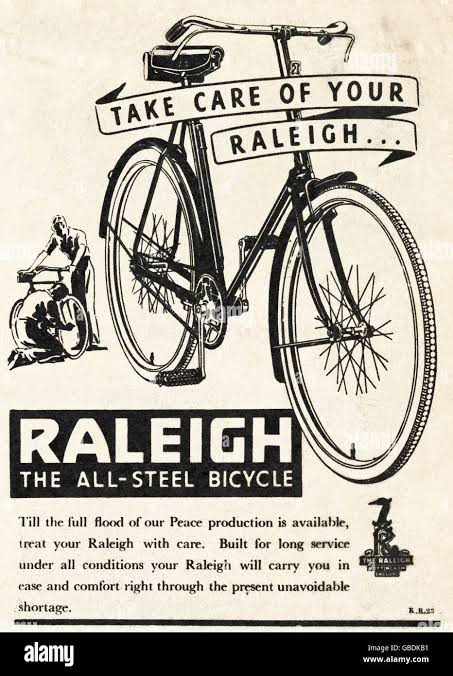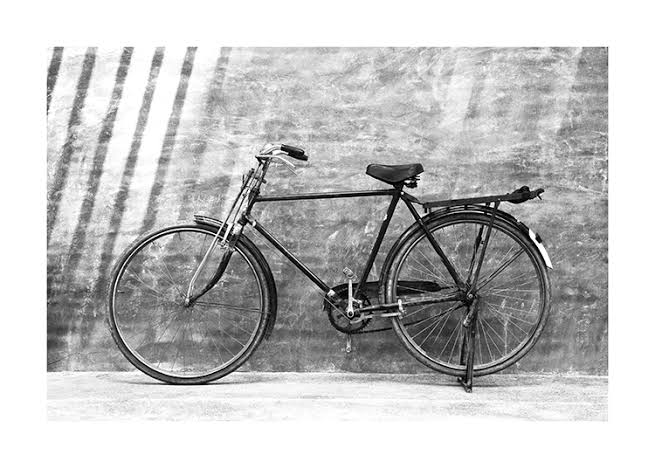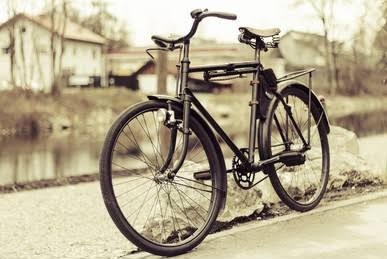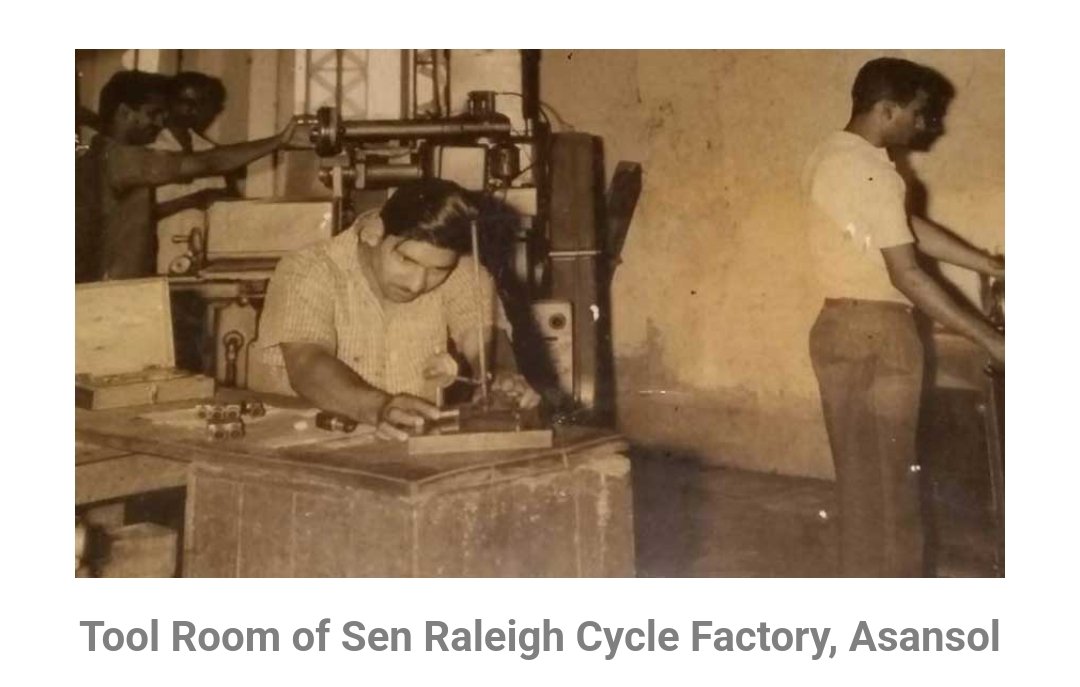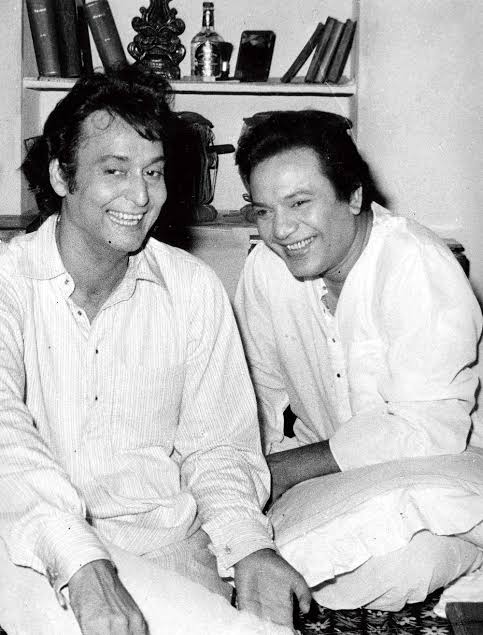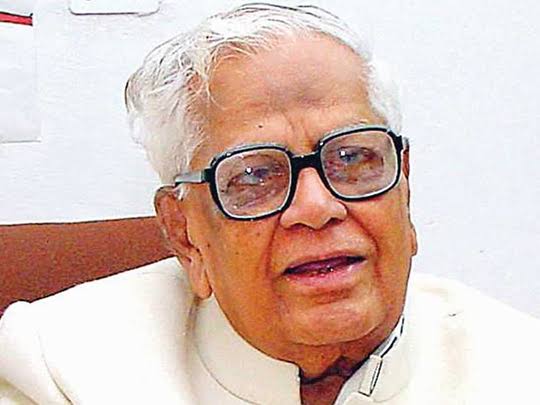Rabindranath Tagore loved #Hyderabad so much that he wanted to make City his "Second Home"!
In 1933 the Nizam of Hyderabad, extended a formal invitation to #RabindranathTagore to visit #Hyderabad
Tagore had gladly accepted the invitation
(1/n)
#Copied
In 1933 the Nizam of Hyderabad, extended a formal invitation to #RabindranathTagore to visit #Hyderabad
Tagore had gladly accepted the invitation
(1/n)
#Copied

#RabindranathTagore
admired the Nizam for having established educational institutions within his domain.
Osmania University, founded in 1921, had the distinction of being the 7th university built on Indian soil and it had already produced several eminent personalities.
(2/n)
admired the Nizam for having established educational institutions within his domain.
Osmania University, founded in 1921, had the distinction of being the 7th university built on Indian soil and it had already produced several eminent personalities.
(2/n)
#Tagore wrote to the Nizam: “I have long been waiting for the day when freed from the shackles of a foreign language, our education becomes naturally accessible to all our people. It gives me great joy to know that your State proposes to found a University where*
(3/n)
(3/n)

instructions are to be given in Urdu. It is needless to say that your scheme has my fullest appreciation.”
The Nizam even allocated a handsome grant of one lakh rupees for a hostel to be constructed at the Visva Bharati University in Shantiniketan
(4/n)
The Nizam even allocated a handsome grant of one lakh rupees for a hostel to be constructed at the Visva Bharati University in Shantiniketan
(4/n)
When #Tagore arrived in #Hyderabad it was a momentous occasion for the city’s intellectuals.
He was feted at many mushairas and gatherings by some of the most prominent citizens of Hyderabad.
He was put up at the Banjara Hills residence of Mehdi Nawaz Jung.
(5/n)
He was feted at many mushairas and gatherings by some of the most prominent citizens of Hyderabad.
He was put up at the Banjara Hills residence of Mehdi Nawaz Jung.
(5/n)

Early every morning Tagore would set out on foot to explore the environs of the hilly region.
Soon he developed an abiding love for Hyderabad’s salubrious climate and peaceful living conditions. It awoke the poet in him.
(6/n)
Soon he developed an abiding love for Hyderabad’s salubrious climate and peaceful living conditions. It awoke the poet in him.
(6/n)
The Banjara Hills area which was then uncluttered & pollution-free captured his heart.
He loved the rugged rocks & the green valleys.
He even thought of building a house there & spending several months every year in #Hyderabad
(7/n)
He loved the rugged rocks & the green valleys.
He even thought of building a house there & spending several months every year in #Hyderabad
(7/n)
One memorable event from Tagore’s visit was a get-together, organised at Finance Minister Amin Jung’s residence.
Both Tagore and Amin Jung sported long beards. Their beards grazed each other as the two embraced.
(8/n)
Both Tagore and Amin Jung sported long beards. Their beards grazed each other as the two embraced.
(8/n)
Maharaja Kishen Pershad, a consummate poet, on the spur of the moment he composed the following couplet:
“Mehfil mein hain aaj jama do saheb-e-resh, Donon dilshad aur donon dilresh.” (Assembled today are two bearded gentlemen/ Both are cheerful & both have wounded hearts)
(9/n)
“Mehfil mein hain aaj jama do saheb-e-resh, Donon dilshad aur donon dilresh.” (Assembled today are two bearded gentlemen/ Both are cheerful & both have wounded hearts)
(9/n)

Amjad Hyderabadi, a poet of Hyderabad added two verses to complete the quatrain:
"In donon ki mukhtasar si ta’reef ye hai
Darwish parast aik, aik hai darwish"
(Here is the introduction to these two personages,
One is a devotee of mystics and the other is a mystic)
(10/n)
"In donon ki mukhtasar si ta’reef ye hai
Darwish parast aik, aik hai darwish"
(Here is the introduction to these two personages,
One is a devotee of mystics and the other is a mystic)
(10/n)
• • •
Missing some Tweet in this thread? You can try to
force a refresh

 Read on Twitter
Read on Twitter














